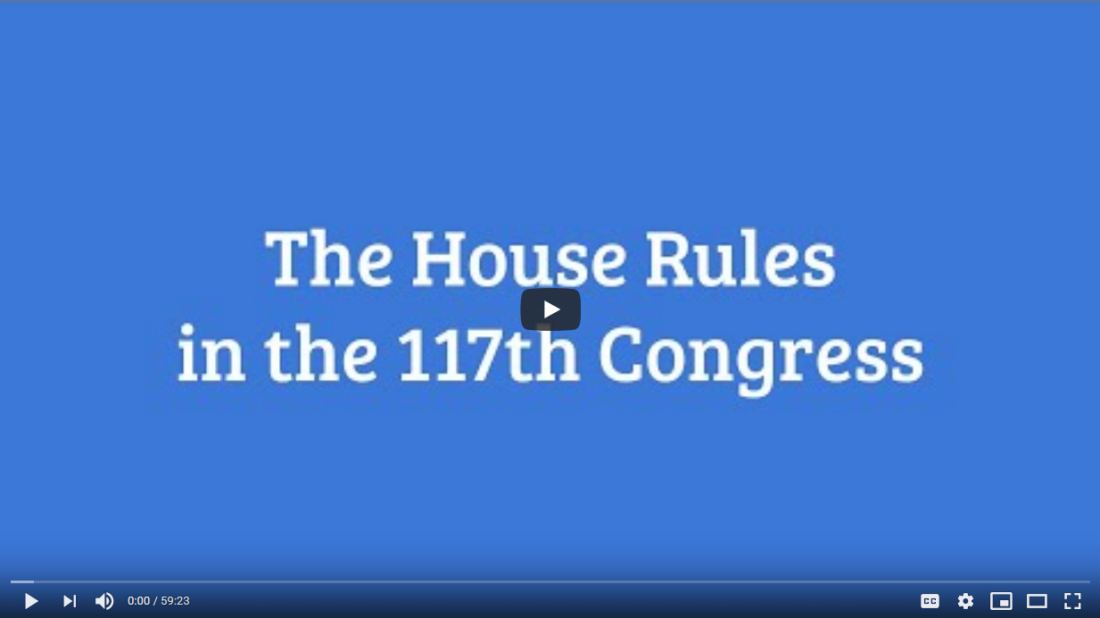Despite the longstanding warnings from the Capitol attending physician and D.C. health official extending the stay-at-home order from May 15 to June 8, the Senate chose to return to Washington DC on May 4 for regular business. This includes voting on voting on nominations on the Senate floor as well as holding various committee proceedings.
But a majority of the committee proceedings have been different since the Senate has returned, with senators often choosing to appear via video conference to adhere to social distancing guidelines. Earlier this year, the Senate HELP Committee hosted a proceeding that included the chairman, the ranking member, and all four witnesses all participating via video conference.
Given the circumstances, these modified proceedings had us thinking: What are the quorum requirements of each committee and what could potentially need to be changed if virtual proceedings are fully implemented?
Senate Rule XXVI establishes specific requirements for certain Senate committee procedures. In addition, each Senate committee is required to adopt rules to govern its own proceedings. These rules may “not be inconsistent with the Rules of the Senate,” but committees are allowed some flexibility to establish rules tailored to how certain activities can be conducted, which can result in significant variation in the way each committee operates.
Given the changing circumstances of committee proceedings, we read each Senate committee’s rules and procedures to find trends, gaps, and unusual practices. Our complete spreadsheet on the House and Senate committee rules breakdown can be found here and is embedded below.
Continue reading “What’s the Difference? Senate Committee Quorum Rules and Procedures” →
